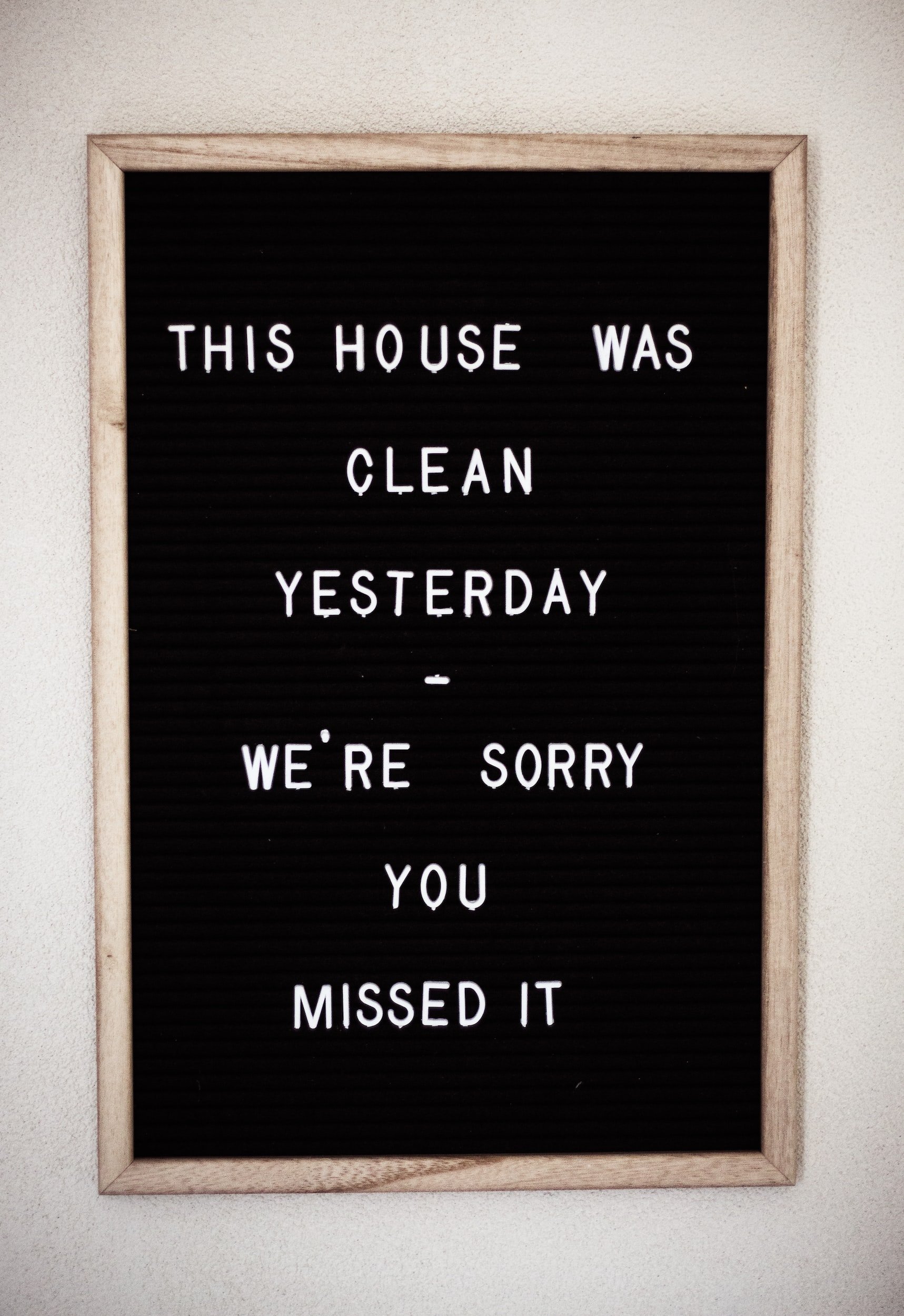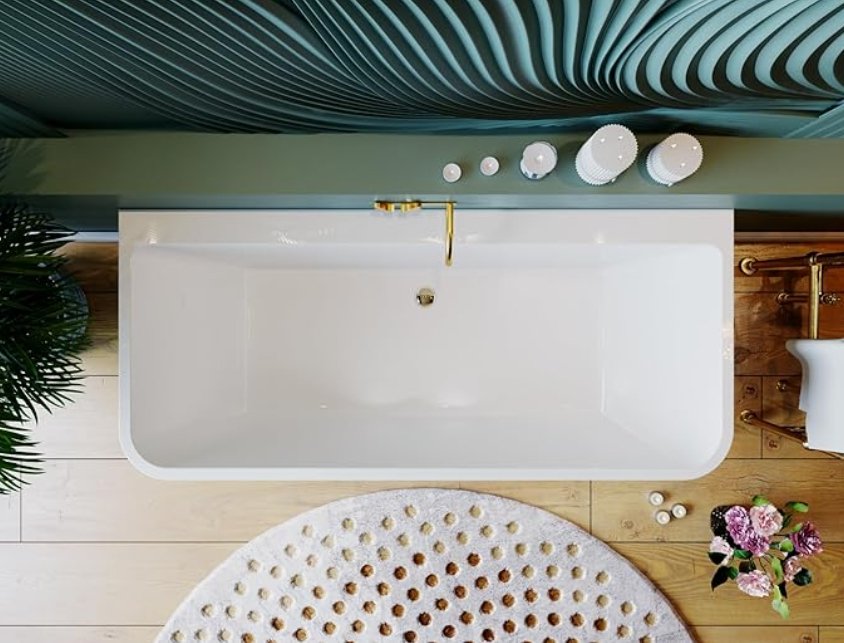12 Tips for a Low Maintenance Bathroom
Mould. Grime. Soap scum. Nobody likes scrubbing their bathroom. And even if you have a cleaner you just know that the day they can’t make it will be the day your mother-in-law is coming over with some of her friends. Designing a low maintenance bathroom can be a great way to save time and money on upkeep while still having a functional and stylish space.
So today we’re going to share some tips to help your next renovation project create a bathroom that looks great and cleans fast.
Designing a hygienic bathroom is an important aspect of ensuring the overall health and cleanliness of your home. There are several factors to consider when designing a bathroom that is both functional and hygienic.
In addition to these design considerations, it's also important to keep your bathroom clean and well-maintained. This means regularly cleaning and sanitizing surfaces, emptying the trash, and replacing old or worn out fixtures and appliances.
By following these guidelines, you can design a hygienic bathroom that not only looks good, but also promotes good health and cleanliness.
Here are some tips to consider when designing a low maintenance bathroom:
“Your shower floor and shower curtain could be harbouring up to 60x more bacteria than your toilet seat” - SafeHome.org
Seed House, Whisker Architecture - Bathroom Featured on Houzz
“This house was clean yesterday - we’re sorry you missed it”
Tips to a Low Maintenance Bathroom
Choose durable materials
When selecting materials for your bathroom, opt for ones that are easy to clean and resistant to wear and tear. Examples include ceramic or porcelain tiles, quartz or granite countertops, and fiberglass or acrylic bathtubs and showers.
Note: Natural materials such as timber and natural stones are porous. They will require sealing at installation and resealing at the intervals defined by the sealant manufacturer.
Breathe
Another important aspect of bathroom hygiene is proper ventilation. Poor ventilation can lead to mold growth, which can be harmful to your health. Make sure to install an exhaust fan or open a window to allow for proper airflow.
Ensure backdraught or backdraft stoppers are installed on your exhaust fans. Backdrafts occur when air is sucked back into the venting system instead of being expelled out of the building. This can cause a number of problems, including reduced efficiency of the heating system. It is typically installed in the venting system near the top, where it can block the flow of air back into the building.
One and done
A single-sink vanity is more hygienic than a double sink, as it reduces the opportunity for a surface that is likely to stay moist, be contaminated with bodily fluids, and be high use.
Having a single basin also means there is typically more room for bench space which can be used for clothes, makeup, and hair products.
Let it rain - then hose it off
A rain shower head provides a gentle, steady stream of water that is easier to clean than a traditional showerhead with multiple nozzles. Plus, it can give your bathroom a modern, spa-like feel.
Regardless of if you use them yourself, hand showers are a brilliant aid during the cleaning process.
Choose frameless
A frameless shower door not only looks sleek and modern, but it is also easier to clean than a framed door. There are no corners or crevices for dirt and grime to accumulate, making it easier to keep your shower looking sparkling clean.
Keep mirrors rimless to maintain a simple ‘wipe on, wipe off’ solution to your bathroom mirrors. If you can’t integrate storage under or next to your basin then consider how to integrate handles into your shaving cabinet for one less thing to clean.
Mirrors are now available with demisting or anti-fog features.
Toilet Suites
A low-flow toilet uses less water per flush, which not only helps to conserve water, but it also requires less cleaning and maintenance. Plus, they often come with a dual-flush option, which allows you to choose a full or partial flush depending on your needs.
Concealed cisterns are another great way of eliminating a flat surface to clean. Keep in mind how you will service it though. If there is a service space behind (like a laundry or garage) that can be a great option.
Cantilevered suites where the pan hangs above the floor eliminates cleaning around the base of the toilet but can be expensive. An alternative is any option that closes flush to the floor and wall with as few curves as possible.
As with the basins, avoid any right angles and rims to keep this as easy to clean as possible.
Use the faucet, Luke.
Hands-free faucets/taps are great for low maintenance because they do not require you to touch them to turn them on or off. This helps to reduce the spread of germs and bacteria, as well as keep your faucet clean and shiny.
This is most often seen in commercial and hospitality spaces because of their expense but can still be utilised in the home. An alternative to the hands-free tap is a clean line mixer tap which can be turned off with an elbow. Mixer taps come in a variety of styles so choose one that you find easy to use.
Regardless of if it’s a mixer or a hands-free tap, wall mounting it is a no-brainer. Wall mounting eliminates the need to clean around the base of traditional basin-mounted tapware - the place most likely to collect grime.
Add some storage
Adding storage to your bathroom can help to reduce clutter, which can make cleaning and maintenance easier. Consider installing a towel bar or floating shelves to keep items off the counter and floor.
Opt for texture
Some articles may blame light colors for their tendency to show dirt and grime more easily, or to opt for darker shades to help hide any imperfections. The truth is, variation in the colour of tiles is what helps hide the inevitable dust and detritus of life. Many tile and benchtop companies will provide samples. Leave them on your existing bathroom benchtop for a week or two and without cleaning and see for yourself.
Ensure the tiles you choose are suitable for a bathroom - particularly do not fall into the trap of accidentally using porous tiles that will absorb the chemicals and water used in the bathroom.
Large-format tiles
The less grout you have in your bathroom the better. When specifying tiles always specify tiles with plenty of colour variation to hide dust and soap scum, matt to hide water marks, and the appropriate slip rating.
Yes, you can still have beautiful mosaic tiles! The key is to keep them away from the high scum areas like your shower and floors though.Epoxy Grout
Materials that are easy to clean and maintain are a key in a hygienic bathroom. This means avoiding porous materials such as grout, which can harbor bacteria and mold, and opting for smooth surfaces such as ceramic tiles or glass. Make sure to also use a water-resistant sealant on all surfaces to prevent moisture from seeping in and causing damage.
Where you must have grout always opt for epoxy grout which has epoxy resin in it which is less porous than traditional grout - so it grips the scum and germs less. It is more expensive though so build that into your budget from day one if this is important to you. If you can’t afford epoxy grout for the entire room we recommend you prioritise the floor.
Pro-tip, the closer the colour of the grout to your tiles the more your floor or wall will look like one continuous surface (if that’s the look you’re after).
Beautiful Baths Done Right
Some may find this controversial, but I think today’s trend of freestanding baths is doing many Australian households a disservice. Freestanding baths are beautiful but they can create some really awful nooks for grime to accumulate in and breed germs. Consider a ‘back to wall’ bath if you don’t have the space to clean around your bath. A mop head is typically between 350mm and 430mm wide so leave that as a minimum clearance space between your bath and the wall.
Basin mounted mixers can be beautiful but they often collect scum around the base.
If you don’t have space to mop around a bath we recommend using a back-to-wall model.
Example Low-Maintenance Bathrooms
Ready to get started? Have a question that’s not covered here? Let’s chat about your project in more detail, make a customised plan, and go through exactly what to expect next. You can request a meeting through the website, Facebook or call me on 0410 151 790.
I can't wait to meet you!









